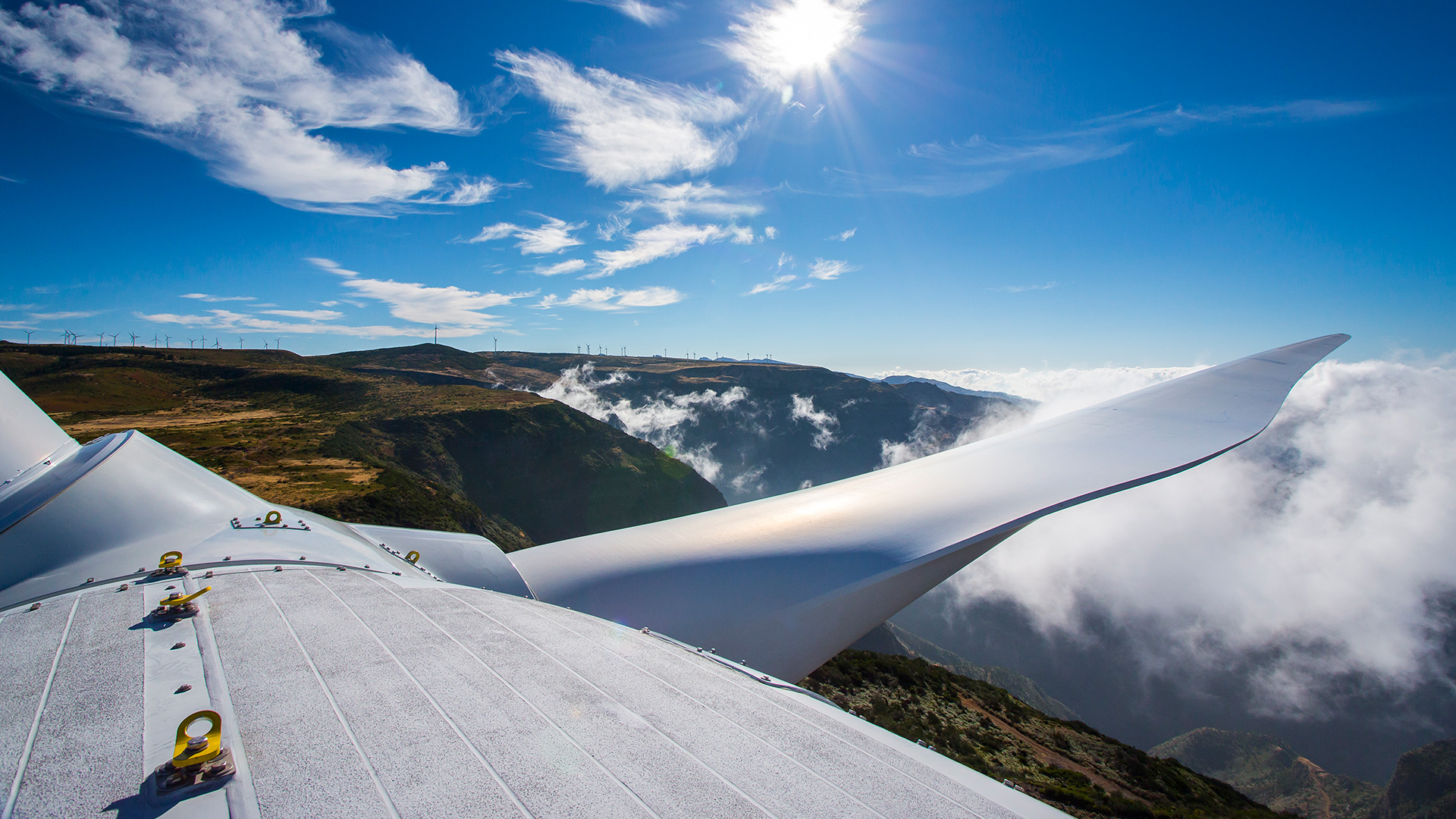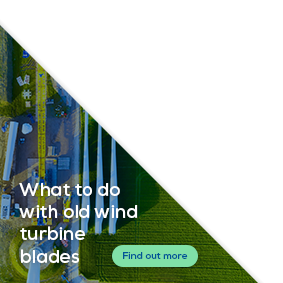Members' interviews
Interview with Giampiero Frisio, President of ABB Electrification

1 April 2025

Giampiero Frisio is President of ABB Electrification and a member of the Executive Committee of ABB Ltd. He joined ABB in 1995 after earning a Master’s in Electrical Engineering from Pavia University, Italy, followed by business studies in Milan. Throughout his career, Giampiero has driven power solution advancements across different industries and regions, observing the rapid expansion of wind technology and the policy frameworks bolstering this growth.
Wind energy is at a pivotal point in the global shift toward sustainable power generation. Governments worldwide are increasingly adopting renewable energy mandates, auction systems, and subsidies, making wind a prime solution for reducing fossil fuel dependence. With larger turbine blades, direct drive technology, and advanced grid integration, both onshore and offshore wind farms are now more efficient, reliable, and cost-competitive than ever.
Under Giampiero’s leadership, ABB has focused on holistic solutions that merge generation, storage, and grid operations. Battery Energy Storage Systems (BESS), microgrids, and sophisticated analytics now enable renewables to be integrated seamlessly into modern energy infrastructures, ensuring steadier output and lower overall costs.
By working closely with major industry players, ABB addresses both technical and economic challenges, fostering improved project returns while minimising environmental impact. Below, we ask Giampiero for his insights into the industry’s evolution, ABB’s role in that, and how collective action can spur meaningful progress in renewables across Europe and worldwide.
Can you tell our readers a little about your organisation?
ABB has been a pioneer in the offshore wind industry since the 1990s, and we now serve both onshore and offshore markets worldwide. We provide comprehensive electrification and automation solutions across the entire renewables value chain, from consulting and generation to energy storage, power transmission, monitoring, control, maintenance, and optimisation. Today, we are active in over 20 global markets and support more than 60 wind farm owners, operators, and OEMs.
A big part of our success comes from our emphasis on collaboration. We partner with leading industry players such as GE Renewable Energy, Ørsted, and Acciona Energía to refine our technologies and drive greater efficiency. By combining strong engineering expertise with digital innovations, we help wind farm operators reduce costs, optimise production, and minimise energy losses in a constantly evolving sector.
What are the most exciting developments you have seen in the wind industry?
In my view, one of the most impressive aspects has been the sheer pace of technological innovation. Larger turbine blades and direct drive systems translate to higher outputs with simpler designs, while smarter grid integration can make the energy source more reliable. Another game-changer has been the growing integration of energy storage solutions, particularly battery systems that smooth out generation fluctuations, in turn helping to improve overall grid stability.
We’re also seeing more attention drawn to the wind farm’s entire lifecycle, including blade recycling, and the implementation of responsible decommissioning strategies. Meanwhile, Government support through subsidies, renewable energy mandates, and auction systems continue to fuel growth, particularly in offshore wind. Europe and China are prime examples of regions where proactive policies and strong incentives have spurred rapid expansion and are helping to put wind at the heart of the global energy transition.
What changes would you like to see in the wind industry?
First, I’d like to see more collaboration across the value chain, including among Governments, communities, and industry stakeholders. This would help to accelerate the rollout of new technologies, reduce bureaucratic hurdles, and ensure that the benefits of wind energy, like job creation and cleaner air, are felt by local populations. Another critical area is smarter approaches to electrification, including microgrids, decentralised energy systems, and large-scale battery energy storage systems. These solutions can address the variability of wind and enhance the reliability of power supply.
Finally, an intelligent grid is paramount. By gathering real-time data and using predictive maintenance, we can optimise asset performance and manage renewables more seamlessly. A modern, flexible grid would help unlock the full potential of wind alongside other renewables, enabling a truly sustainable energy future.
Going forward, what role do you see your organisation playing in the future development of wind energy?
We plan to keep supporting the wind sector with the comprehensive solutions we’ve been developing over the decades. Our focus areas are optimising turbine performance, reducing downtime, and boosting efficiency across entire wind farms. At the same time, we’re enhancing our digital tools and AI capabilities to give operators valuable insights into asset health, predict issues before they happen, and develop new revenue streams.
Another priority is integrating renewables seamlessly into broader energy systems. We are continuing to help improve grid infrastructure, while also exploring new energy business models like BESS-as-a-Service. We are also encouraging the increased adoption of decentralised solutions such as microgrids. By merging generation, storage, and digital controls, we want to build robust ecosystems where wind energy can thrive, offering both cost-effectiveness and sustainability.
How has WindEurope membership benefited your organisation?
WindEurope has been greatly helpful in keeping us informed about emerging trends, market challenges, and evolving policy landscapes. Our membership also facilitates collaboration with peers and policymakers, ensuring we remain at the forefront of both technological advancements and policy developments in wind energy. This active engagement supports our own innovation, strengthens our partnerships, and solidifies our commitment to advancing the industry as a whole.
If we look ten years ahead, what do you hope to have achieved?
The world needs more power with lower emissions. Over the next decade, we hope ABB will have significantly accelerated the global energy transition by enabling widespread adoption of renewables. In doing so, we also want to integrate wind into different sectors of the economy, from manufacturing and transportation to residential use.
Equally important, I’d like to see us forming even stronger partnerships and collaborations that drive new areas of innovation. If we do this right, wind energy will become a more dependable, cost-effective resource that plays a central role in decarbonising our planet. In ten years’ time, I hope we can look back and say ABB was a catalyst in that evolution, championing solutions, fostering partnerships, and ensuring wind remains at the heart of the global clean energy movement.
Over the coming decade, our main priority is to create integrated solutions that unite storage technologies, AI, and advanced analytics, ensuring wind farms adapt to shifting grid needs and market dynamics. Through research, collaboration, and a commitment to excellence, I see wind energy as being uniquely positioned to fulfil a growing share of the world’s electricity requirements.
By working together, we can forge a power system that stands strong, minimises environmental impact, and unlocks boundless opportunities for future generations.


